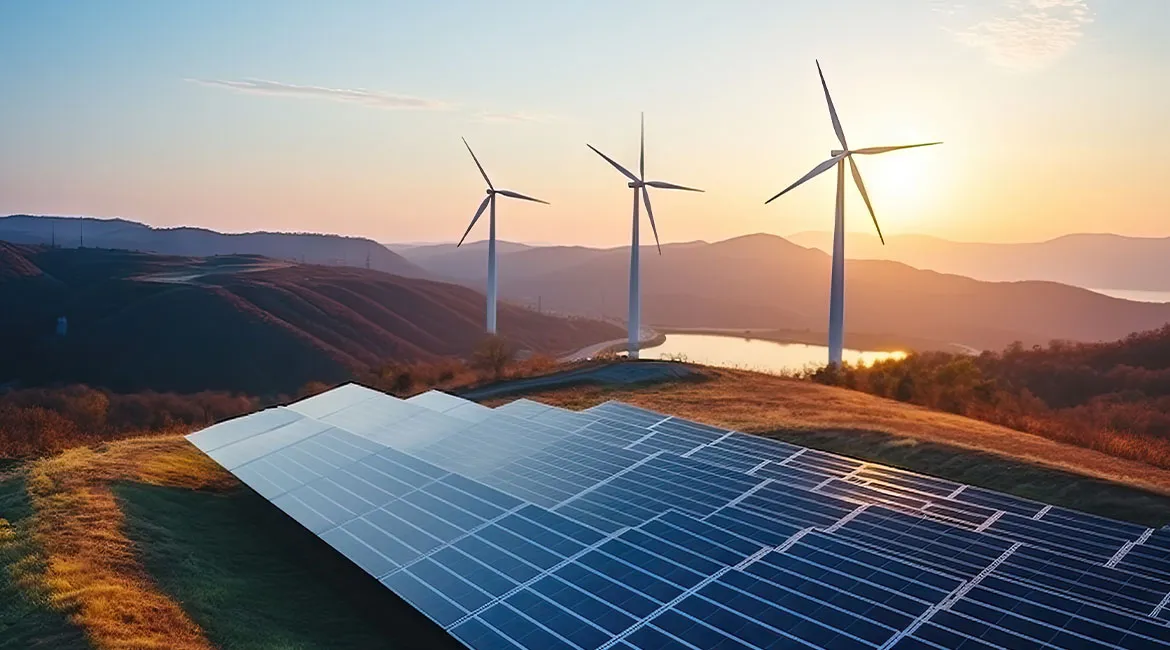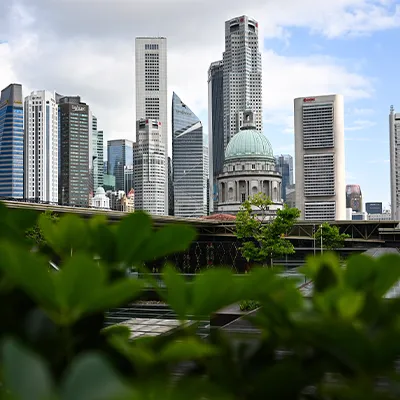Southeast Asia aims to achieve net zero emissions between 2050 and 2060. That can only happen if the region amps up its deployment of renewable energy. According to a McKinsey-Singapore Economic Development Board (EDB) 2023 report, non-firm renewable energy penetration in Southeast Asia stood at just 5 percent as of 2022. There is enormous room for growth — the region’s renewables potential amounts to 16 terawatts (TW) of solar energy and 1 TW of wind energy.
Opportunities for growth
In Southeast Asia, there are state-led targets and support programmes for such development, as well as ambitious decarbonisation goals from the region’s numerous commercial and industrial consumers.
However, investment in solar and wind energy capacity in Southeast Asia is currently among the lowest in the world, and annual renewable capacity additions must increase seven to 12 times to realise the region’s net-zero aspirations. This lag is due to Southeast Asia’s unique conditions, which must be well understood by renewable energy project developers who want to grasp the growth opportunities in the region’s renewables markets.
Understanding regional challenges
In contrast to Europe and North America’s more liberal and competitive markets, stable regulatory frameworks, and clear decarbonisation goals, Southeast Asia’s markets tend to be tightly regulated. There is likely to be local price sensitivity towards tariffs, with the presence of several vertically integrated incumbents. Governments may seek to ensure the competitiveness of local industries as a means of balancing economic development with decarbonisation targets. These factors present some degree of policy uncertainty, which raises risk for private-sector players and consequently, their cost of capital.
Renewable energy project developers who are ready to engage with these challenges have the opportunity to be trailblazers in this emerging sector.
Ways to shape Southeast Asia’s renewables landscape
- Establish a local presence to develop strong local networks. Some renewable energy project developers deploy the hub and spoke model, with their regional headquarters in Singapore and local teams in other Southeast Asia markets. This enables a clearer view on how different renewables markets are developing, and better access to project opportunities.







